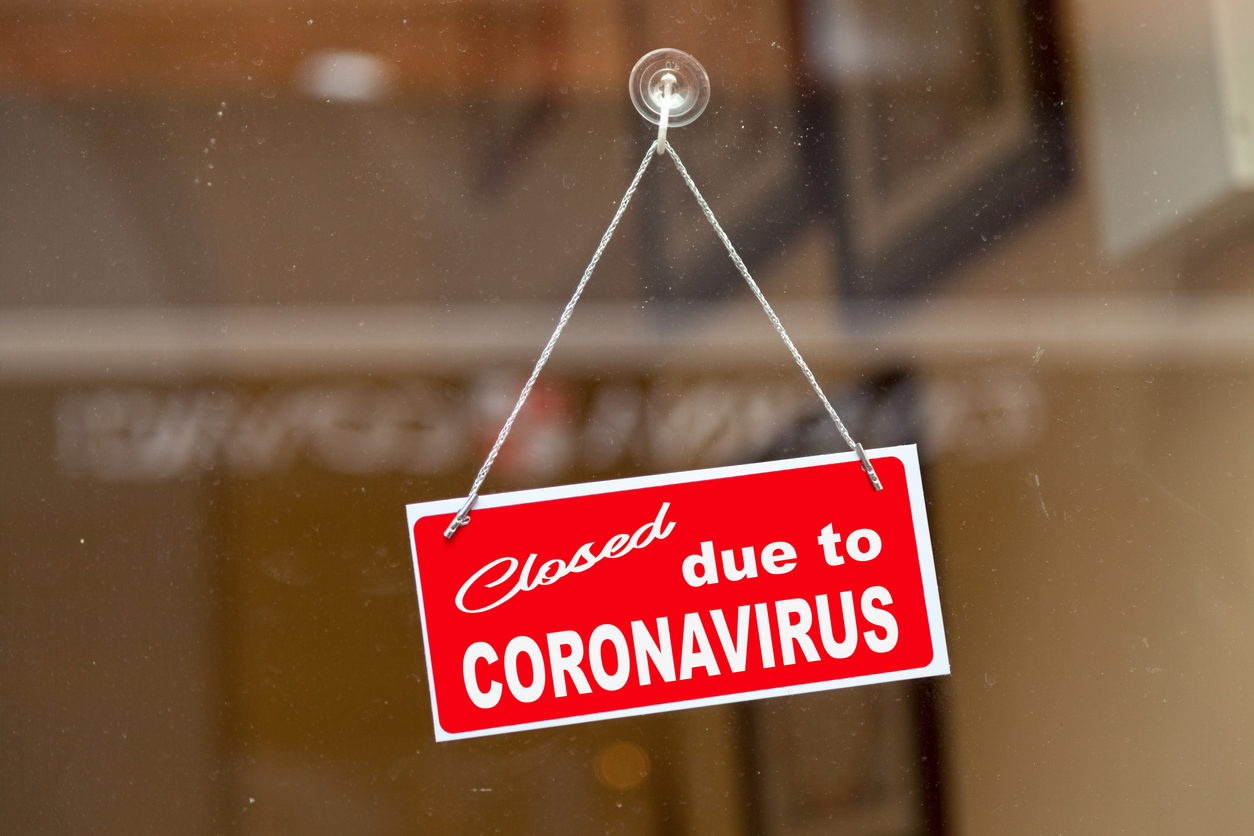All estimates of damage, including draft estimates of damage made by adjusters, have been ordered to be produced in a Superstorm Sandy flood damage case.1 Typically, insurance company flood attorneys have made the same arguments they made regarding drafts of engineering reports—“We and our clients do not have them, judge."
This evasive discovery argument lead to the finding that certain WYO attorneys were not turning over the very relevant altered engineering reports. The obvious question is whether the same thing was going on with the estimates of damage?
It would seem those same insurance company flood attorneys would want to make certain the estimate they are relying upon is not bogus or a revision made in bad faith to lowball a policyholder. Most attorneys would think that as part of the effort to provide honest evidence and to prepare an honest defense that the flood attorneys would simply ask the adjusters who prepared the estimate to provide any revisions to initial estimates and the reasons the revisions were made. Why would they "consciously avoid" such inquiry unless they suspected similar foul play?
A number of attorneys in our office have been asking the same question and we are following up on this discovery issue. It does not mean that all revisions are wrong because revisions made in good faith to truly be more accurate should always be welcome. However, experience has taught us that transparency in the revision process is needed to make the determination if drafts were revised in good faith or with ulterior purpose.
While I applaud the recent efforts by FEMA leadership to settle cases in litigation, revised estimates should be part of FEMA’s overall investigation of claims conduct by the WYO carriers—even if the current cases get resolved.
1 Sauta v. Selective Ins. Co. of America, No. 3:14-cv-176 (D.N.J. Mar. 23, 2015).



